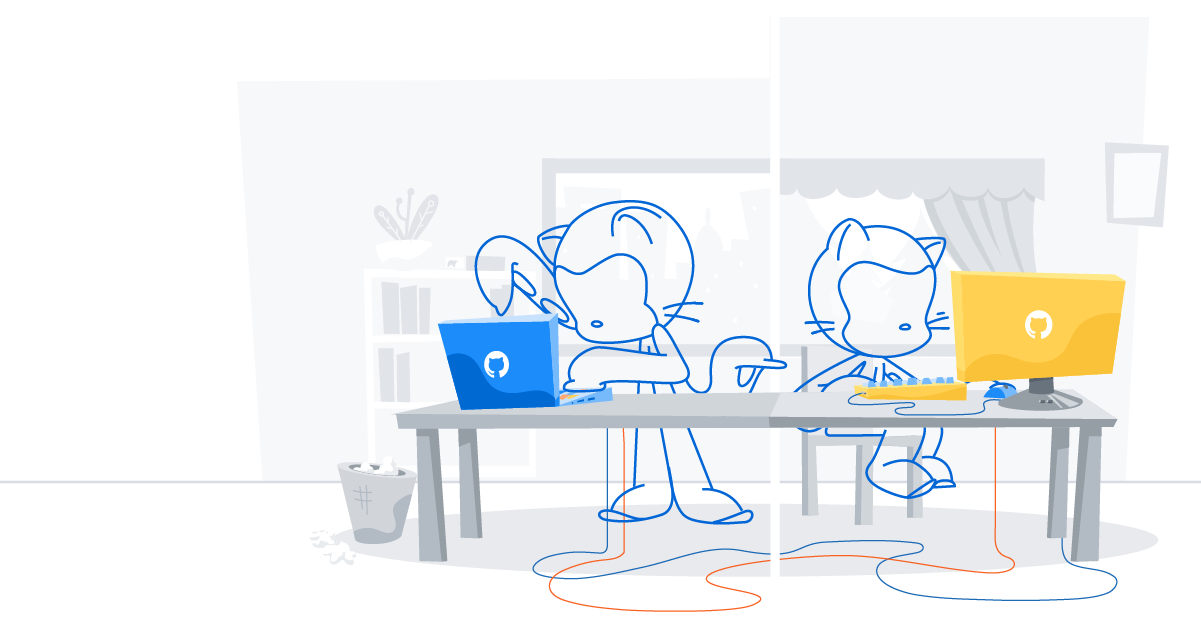I am not suggesting to string along the DX7 engine or to keep the graphics API DX7-centric for any compatibility reasons. Making the code compile for x86 and x64 was really more a proof of concept. I now just want to finalise a few outstanding issues with the code, get it into a stable state, and then branch off the x86 build and retire it there. The master branch will then be x64 only, which means getting rid of the remnants of the DX7 references in the code.
I think your point is whether the built-in DX7 engine should be replaced with something else, or just dropped without replacement, relying exclusively on external graphics implementations. I don't have any problems with the latter, but what I'd say is this: If there is no built-in graphics capability, then the developments of the orbiter core and graphics client must be connected directly, i.e. they must be guaranteed to stay in sync, and a user downloading Orbiter must always seamlessly get a graphics-enabled system. They shouldn't even have to be aware that the graphics is served from an external client. What I absolutely want to avoid is that users have to download an Orbiter executable without graphics, and then look for the graphics package and hope that it is compatible.
I don't know if that tight integration is possible with the the core and graphics developments in separate projects. Maybe github can be set up link two repositories so that a push to one of them triggers pulling the sources to the other and doing a rebuild. Even if that is possible, I think it would be easier to just merge the development.
Would you be ok with merging the core and client development into a single repository? What I would suggest is this: consider moving the D3D9 client code into the Orbiter github repository. I would then give you developer rights to the repository. The tasks would still be fairly well-separated: I work on one side of the graphics API, and you on the other. But the boundaries would be more fluent, i.e. you would have the ability to modify the interface without having to wait for me. This would mean that core and graphics will stay in sync and all packages will come with a graphics option.


